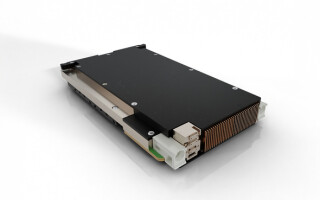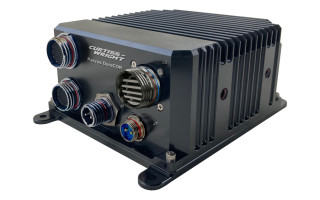AI in deployed systems - Story
June 11, 2025By applying electronics thermal-management expertise with a range of proven module and chassis-level cooling technologies – such as conduction, forced air, air-flow-through (AFT), and liquid-flow-through (LFT) – advanced processing and communications solutions can operate in harsh extended temperature environments and deliver the new capabilities enabled by artificial intelligence and machine learning (AI/ML) to the tactical edge.
New hybrid FPGA devices a game-changer for radar and signal processing - Story
February 12, 2025The three traditional compute architectures used for high-performance embedded computing (HPEC) and radar processing are CPUs [central processing units], GPUs [graphics processing units], and FPGAs [field-programmable gate arrays]. In many cases, a combination of these technologies is employed within a single subsystem, with software applications and workload optimizations influencing hardware selection.
GPU and FPGA go head-to-head - Story
November 16, 2020Today’s embedded-system designers have a great variety of processor types to select from, with FPGAs [field-programmable gate arrays] and GPUs [graphics processing units] adding their own various advantages and disadvantages for consideration in contrast to the more familiar CPUs [central processing units]. Understanding these characteristics and how FPGAs and GPUs stack up can help system integrators make the right choice when choosing and installing a processor, to be used either individually or in combination with other types of processors.








